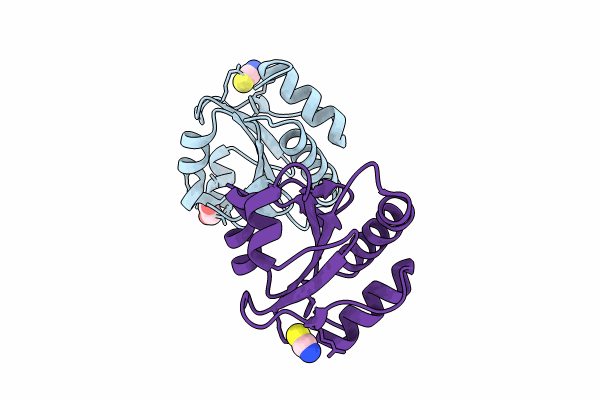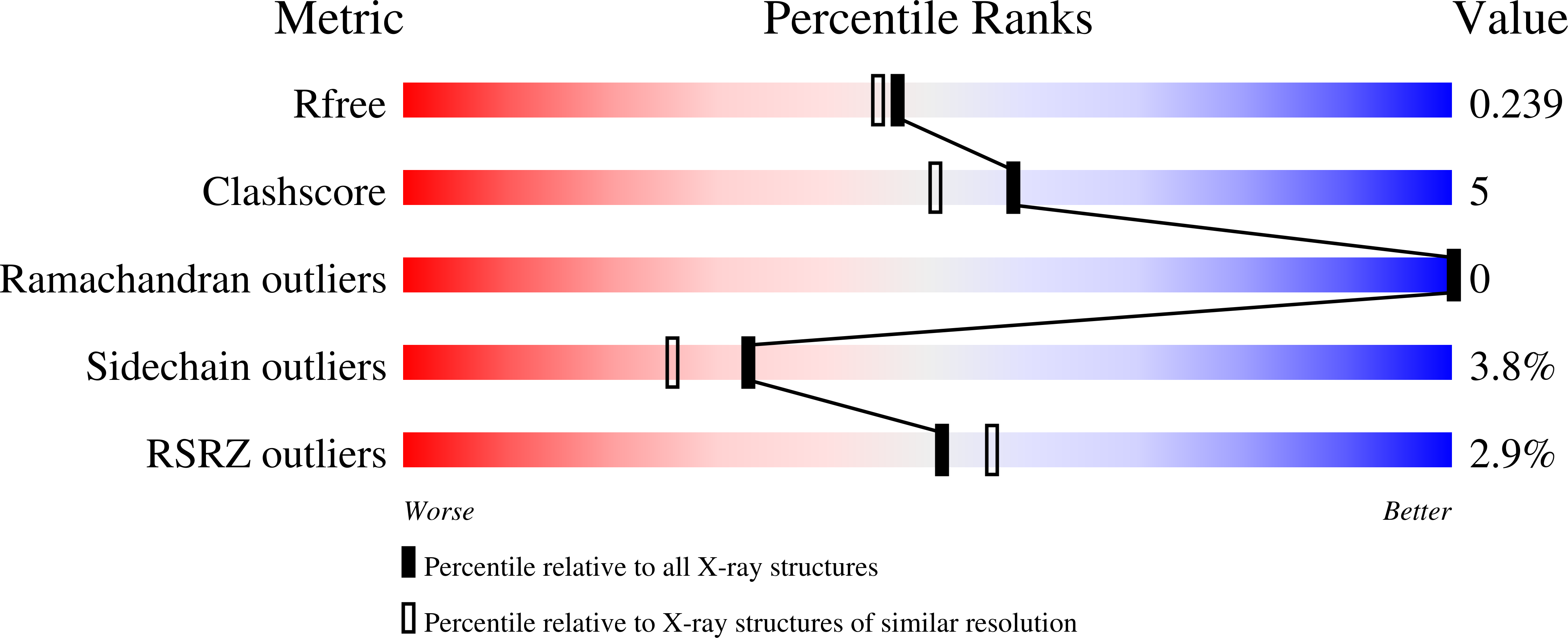
Deposition Date
2023-03-06
Release Date
2024-01-24
Last Version Date
2024-03-20
Entry Detail
PDB ID:
8GDY
Keywords:
Title:
Crystal structure of the human PDI first domain with 9 mutations
Biological Source:
Source Organism:
Homo sapiens (Taxon ID: 9606)
Host Organism:
Method Details:
Experimental Method:
Resolution:
2.05 Å
R-Value Free:
0.23
R-Value Work:
0.19
R-Value Observed:
0.19
Space Group:
P 21 21 21


